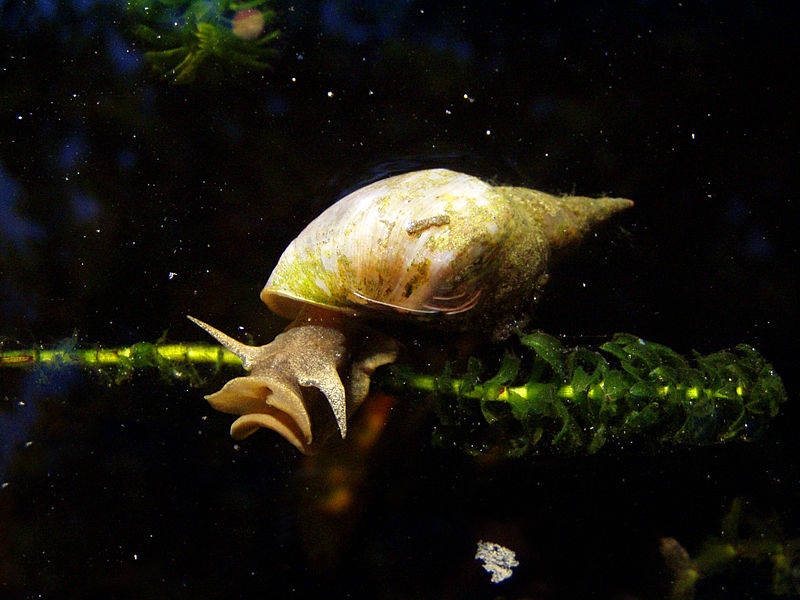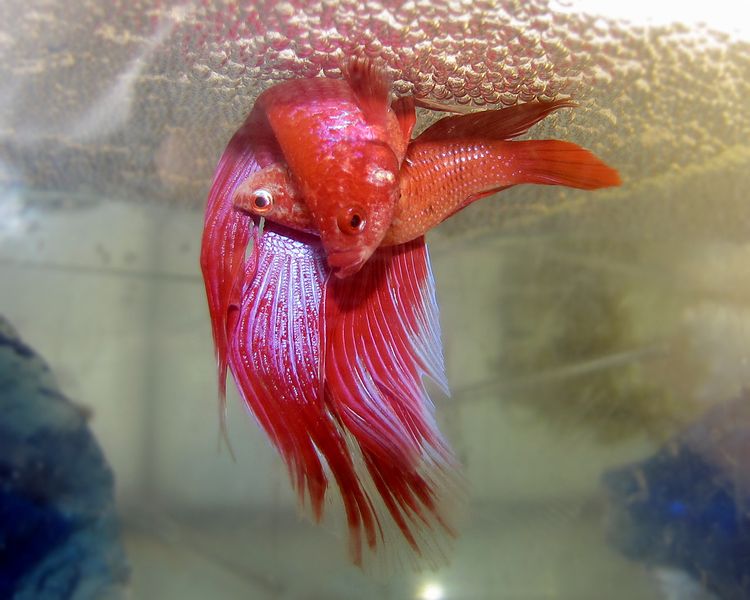 Outbreaks of nuisance snails are one of the most common problems encountered in planted aquariums. Though much maligned, snails are perfectly normal in tanks with live plants and can even help with algae control. The problems occur when the snails reproduce and become out of control. Throughout our blog posts, we’ve gone over a number of methods of controlling snails through predators and removal methods, but as with any problems, the problem can be avoided with preventative measures.
Outbreaks of nuisance snails are one of the most common problems encountered in planted aquariums. Though much maligned, snails are perfectly normal in tanks with live plants and can even help with algae control. The problems occur when the snails reproduce and become out of control. Throughout our blog posts, we’ve gone over a number of methods of controlling snails through predators and removal methods, but as with any problems, the problem can be avoided with preventative measures.
A common way of cutting down snail populations is to dip new plants, killing snails and snail eggs before they enter your aquarium. We have here a few different “recipes” for these dips. Keep in mind that while these have been used successfully by many aquarists, sensitive plants may still be damaged. You can try your chosen method on one plant before using it on all of your new plants. These are also all solutions that are to be utilized in a separate bucket, tub or sink – NOT in the aquarium! Read More »
 That Fish Blog – Aquarium Advice and Information
That Fish Blog – Aquarium Advice and Information




